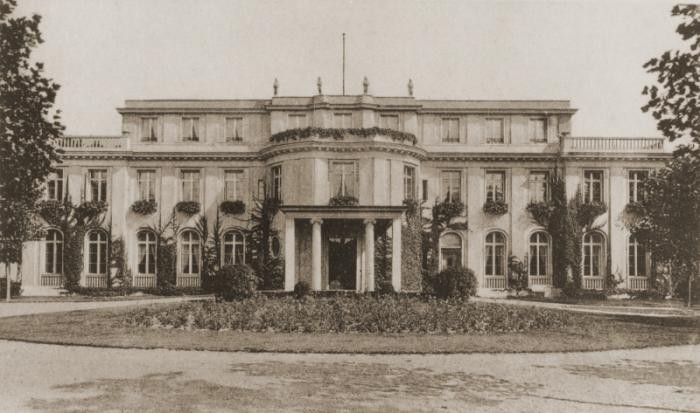
WANNSEE CONFERENCE AND THE “FINAL SOLUTION”
In July 1941, Herman Goering, writing under instructions from Hitler, had ordered Reinhard Heydrich, SS general and Heinrich Himmler’s number-two man, to submit “as soon as possible a general plan of the administrative, material, and financial measures necessary for carrying out the desired final solution of the Jewish question.”
On January 20, 1942, Heydrich met with Adolf Eichmann, chief of the Central Office of Jewish Emigration, and 15 other officials from various Nazi ministries and organizations at Wannsee, a suburb of Berlin. The agenda was simple and focused: to devise a plan that would render a “final solution to the Jewish question” in Europe. Various gruesome proposals were discussed, including mass sterilization and deportation to the island of Madagascar. Heydrich proposed simply transporting Jews from every corner Europe to concentration camps in Poland and working them to death. Objections to this plan included the belief that this was simply too time-consuming. What about the strong ones who took longer to die? What about the millions of Jews who were already in Poland? Although the word “extermination” was never uttered during the meeting, the implication was clear: anyone who survived the egregious conditions of a work camp would be “treated accordingly.”
KEY FACTS
The mass murder
of the Jews by Nazi Germany and its collaborators required the
coordination and cooperation of governmental
agencies throughout Axis- controlled
Europe.
The Wannsee Conference was a high- level meeting
of German officials to discuss and implement the so-called “Final Solution of the
Jewish Question” (mass killing).
The SS envisioned that some 11 million Jews, some of them not living on German-controlled territory, would be eradicated as part of the Nazi program.
Participants at the Wannsee Conference
Representing the SS at the Wannsee Conference were:
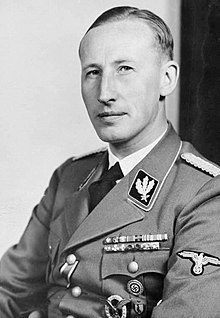
SS General Reinhard Heydrich, the chief of the Reich Security Main Office (Reichssicherheitshauptamt-RSHA) and one of Reichsführer-SS (SS chief) Heinrich Himmler’s top deputies
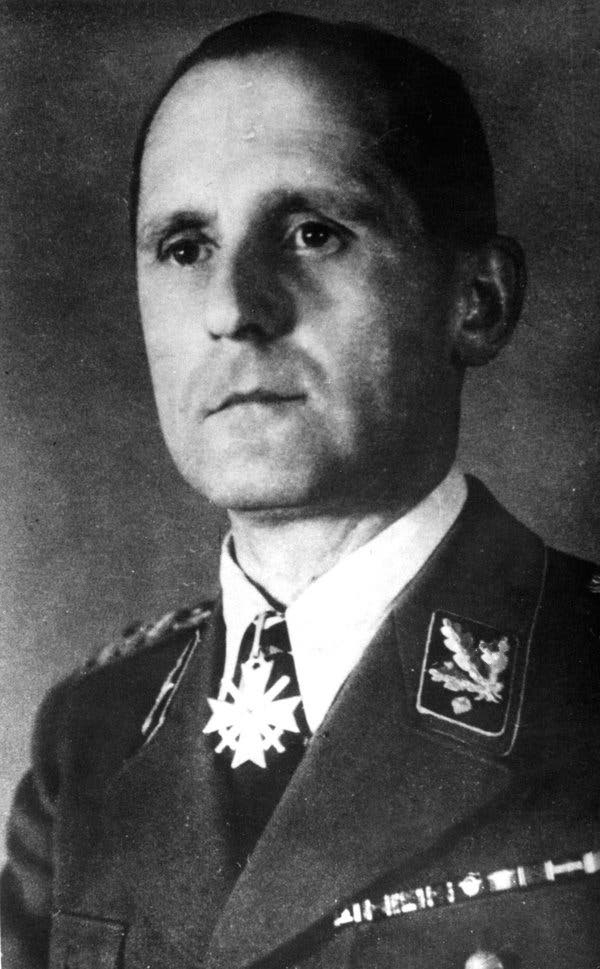
SS Major General Heinrich Müller, chief of RSHA Department IV (Gestapo)
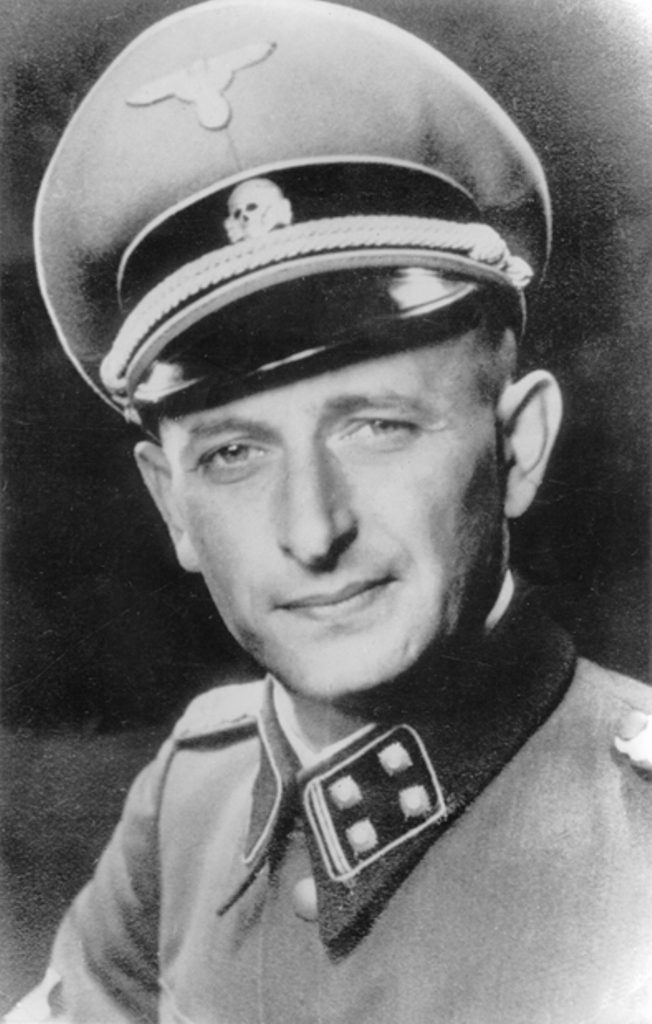
SS Lieutenant Colonel Adolf Eichmann, chief of the RSHA Department IV B 4 (Jewish Affairs)
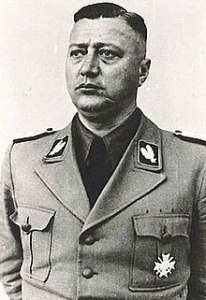
SS Colonel Eberhard Schöngarth, commander of the RSHA field office for the Government General in Krakow, Poland
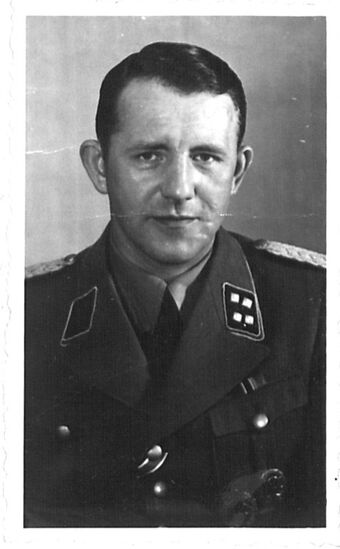
SS Major Rudolf Lange, commander of RSHA Einsatzkommando 2, deployed in Latvia in the autumn of 1941

SS Major General Otto Hofmann, the chief of SS Race and Settlement Main Office.
Representing the agencies of the State were:
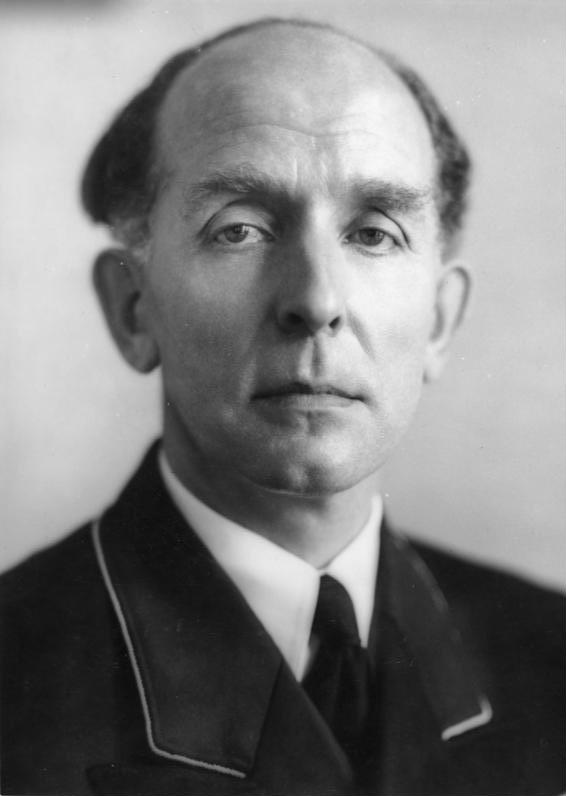
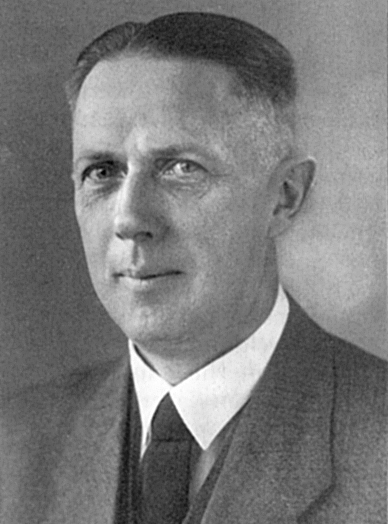
State Secretary Roland Freisler (Ministry of Justice) Ministerial Director Wilhelm Kritzinger (Reich Cabinet)
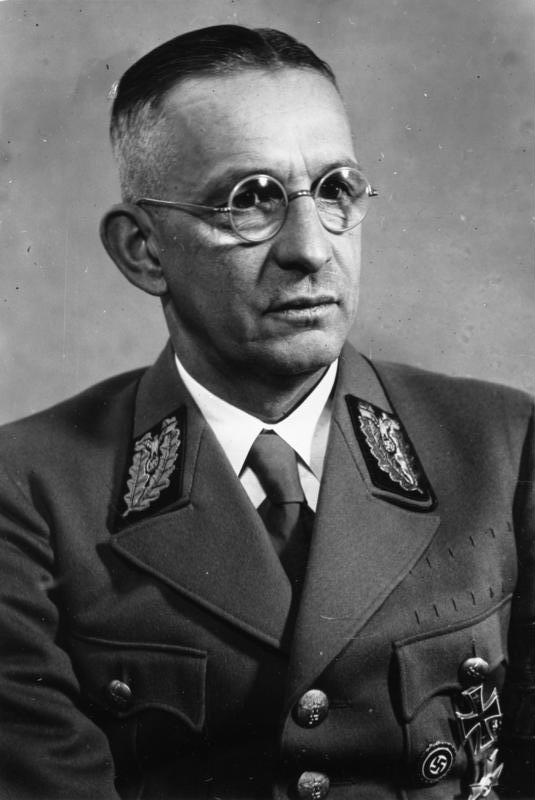
State Secretary Alfred Meyer (Reich Ministry for the Occupied Eastern Territories-German-occupied USSR)
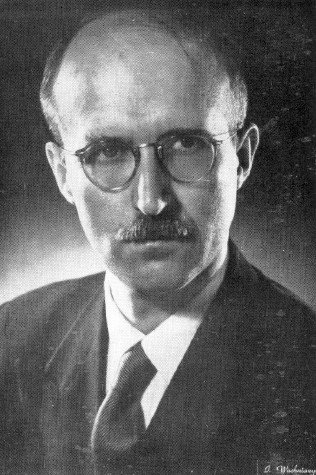
Ministerial Director Georg Leibrandt (Reich Ministry for the Occupied Eastern Territories)
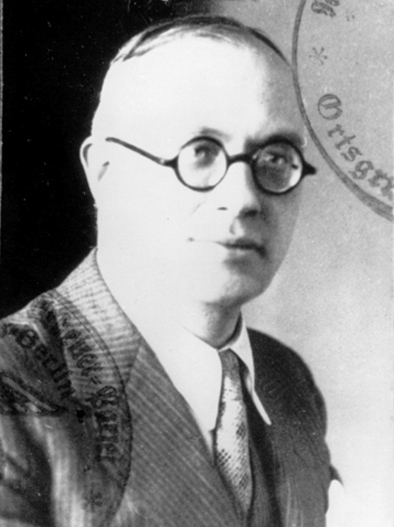
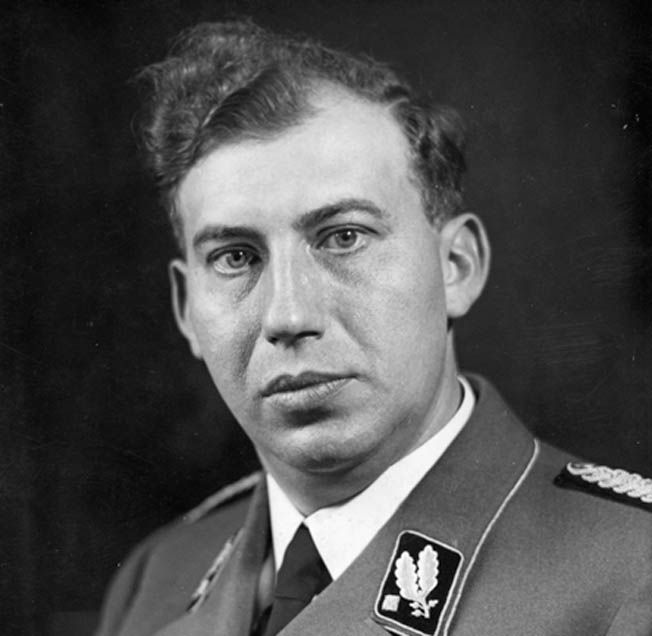
Undersecretary of State Martin Luther (Foreign Office) State Secretary Wilhelm Stuckart (Ministry of the Interior)
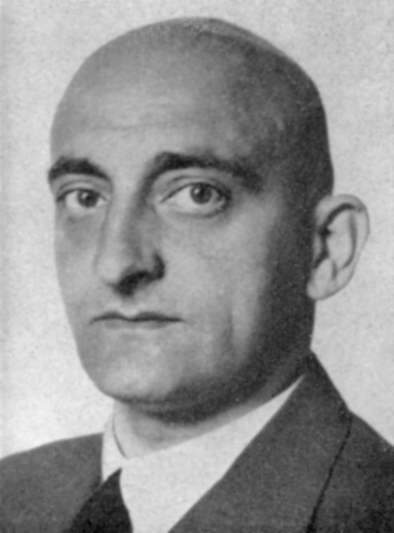
State Secretary Erich Neumann (Office of Plenipotentiary for the Four-Year Plan)
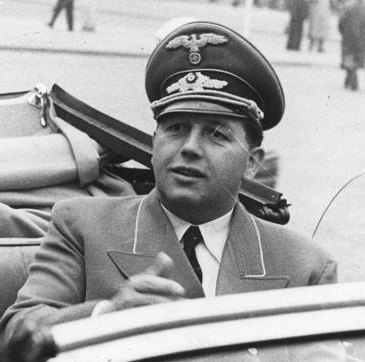
State Secretary Josef Bühler (Office of the Government of the Governor General-German-occupied Poland)
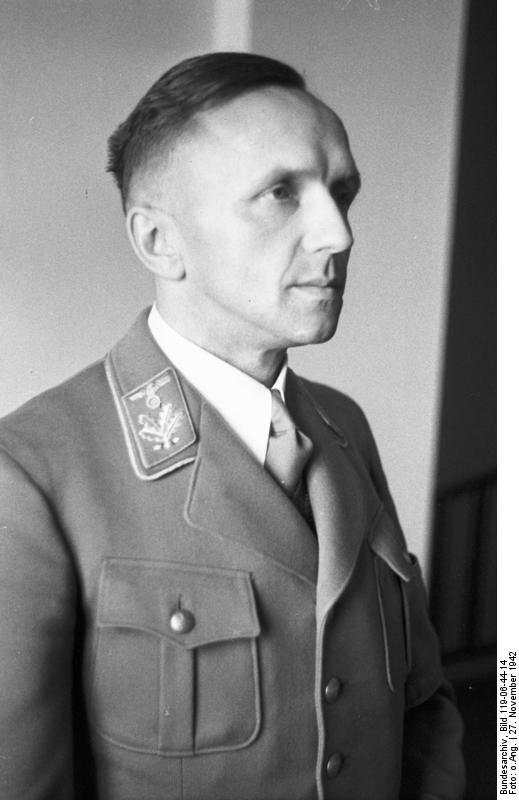
Ministerial Director Gerhard Klopfer (Nazi Party Chancellery)
Not present at the meeting were representatives of the German Armed Forces (Wehrmacht) and the Reich Railroads (Reichsbahn) in the German Ministry of Transportation. The SS and police had already negotiated agreements with the German Army High Command on the murder of civilians, including Soviet Jews, in the spring of 1941, prior to the. In late September 1941, Hitler had authorized the Reich Railroads to transport German, Austrian, and Czech Jews to locations in German-occupied Poland and the German-occupied Soviet Union, where German authorities would kill the overwhelming majority of them.
Goals of the Conference
The “Final Solution” was the code name for the systematic, deliberate, physical annihilation of the European Jews. At some still undetermined time in 1941, Adolf Hitler authorized this European-wide scheme for mass murder. Heydrich convened the Wannsee Conference to inform and secure support from government ministries and other interested agencies relevant to the implementation of the “Final Solution” to disclose to the participants that Hitler himself had tasked Heydrich and the RSHA with coordinating the operation
The men at the table did not deliberate whether such a plan should be undertaken, but instead discussed the implementation of a policy decision that had already been made at the highest level of the Nazi regime
Heydrich indicated that approximately 11,000,000 Jews in Europe would fall under the provisions of the “Final Solution.” In this figure, he included not only Jews residing in Axis-controlled Europe, but also the Jewish populations of the United Kingdom, and the neutral nations (Switzerland, Ireland, Sweden, Spain, Portugal, and European Turkey). For Jews residing in the Greater German Reich and holding the status of subjects of the German Reich, the Nuremberg Laws would serve as a basis for determining who was a Jew.
Coordinating the “Final Solution”
At the time of the Wannsee Conference, most participants were already aware that the Nazi regime had engaged in mass murder of Jews and other civilians in the German-occupied areas of the Soviet Union and in Serbia. Some had learned of the actions of the Einsatzgruppen and other police and military units, which were already slaughtering tens of thousands of Jews in the German-occupied Soviet Union. Others were aware that units of the German Army and the SS and police were killing Jews in Serbia. None of the officials present at the meeting objected to the “Final Solution” policy that Heydrich announced.
Heydrich indicated that approximately 11,000,000 Jews in Europe would fall under the provisions of the “Final Solution.” In this figure, he included not only Jews residing in Axis-controlled Europe, but also the Jewish populations of the United Kingdom, and the neutral nations (Switzerland, Ireland, Sweden, Spain, Portugal, and European Turkey). For Jews residing in the Greater German Reich and holding the status of subjects of the German Reich, the Nuremberg Laws would serve as a basis for determining who was a Jew.
Heydrich announced that:
| “during the course of the Final Solution, the Jews will be deployed under appropriate supervision at a suitable form of labor deployment in the East. In large labor columns, separated by gender, able-bodied Jews will be brought to those regions to build roads, whereby a large number will doubtlessly be lost through natural reduction. Any final remnant that survives will doubtless consist of the elements most capable of resistance. They must be dealt with appropriately, since, representing the fruit of natural selection, they are to be regarded as the core of a new Jewish revival.” |
The participants discussed a number of other issues raised by the new policy, including the establishment of the Theresienstadt camp-ghetto as a destination for elderly Jews as well Jews who were disabled or decorated in World War I, the deferment until after the war of “Final Solution” measures against Jews married to non-Jews or persons of mixed descent as defined by the Nuremberg laws, prospects for inducing Germany’s Axis partners to give up their Jewish populations, and preparatory measures for the “evacuations.”
Despite the euphemisms which appeared in the protocols of the meeting, the aim of the Wannsee Conference was clear to its participants: to further the coordination of a policy aimed at the physical annihilation of the European Jews.
Months later, the “gas vans” in Chelmno, Poland, which were killing 1,000 people a day, proved to be the “solution” they were looking for–the most efficient means of killing large groups of people at one time.
The minutes of this conference were kept with meticulous care, which later provided key evidence during the Nuremberg war crimes trials.